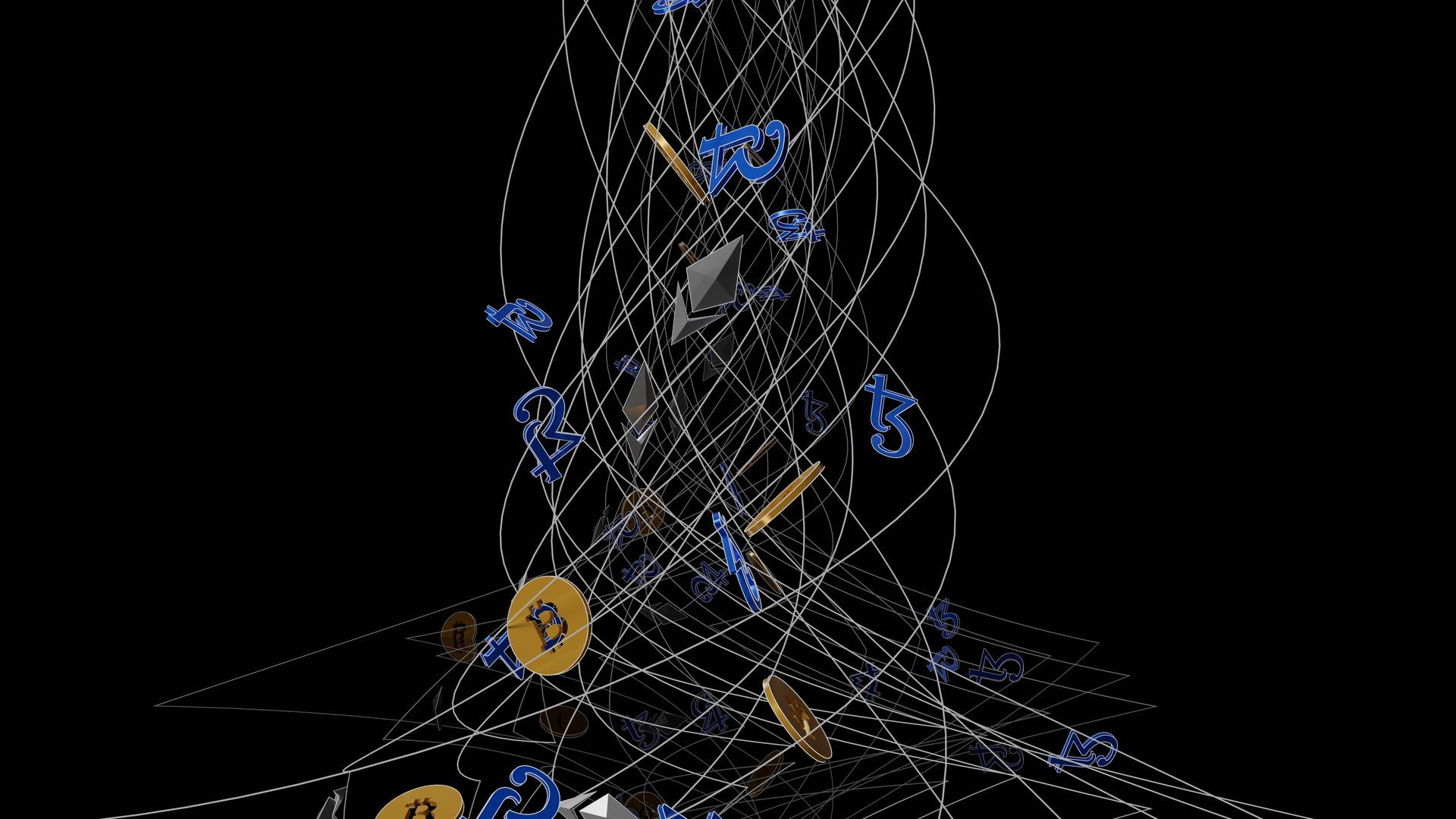The challenge of the blockchain trilemma remains a prominent issue within the cryptocurrency field, with even Bitcoin – renowned for its decentralization and security – facing this same predicament. Although Bitcoin has set the precedent for all crypto endeavors, its limited scalability renders the BTC blockchain unfeasible for Web3 applications.
By implementing a new layer to Bitcoin, Stacks endeavors to alleviate this situation and present an alternative resolution. Dive into the world of Stacks Layer-2 technology and discover how it synergizes with Bitcoin in our article. We’ll also introduce you to Quantumator, an online trading platform that’s reshaping the landscape.

What is Stacks?
Rather than immediately discussing Stacks, it may be beneficial to first examine the differences between Layer 1 and Layer 2 blockchains. The former, exemplified by the likes of Bitcoin and Ethereum, function as primary blockchains that prioritize robust security and decentralization. However, due to their scaling limitations, these blockchains struggle with low throughput, constituting a so-called blockchain trilemma. Only after fully grasping these distinctions can we move on to exploring Stacks.
As a result, Layer 2 blockchains are now a solution to improve the scaling as well as efficiency of Layer one networks. These blockchains act as one more layer over the principal blockchains and help with transactions. Ethereum is a level 1 blockchain, for example, and Polygon offers Layer 2 options. Layer two solutions are much less widespread for Bitcoin as compared to Ethereum.
Stacks is one of many platforms that developed a layering process for Bitcoin. It possesses numerous parallels with Layer Two alternatives, though the significant difference is in utilizing BTC as an anchor while working along with it. Stacks allow the inclusion of smart contracts to the blockchain of BTC, enabling possibilities for distributed programs (DApps) on the system. The stack tokens (STX) enhance the protection of the system as well as leverage Bitcoin’s security functions.
How does Stacks function?
The blockchain of Stacks works utilizing the Proof of Transfer (PoX) consensus method, enabling it to link with the Bitcoin community. The PoX system is derived from the Proof of Burn (PoB), in which miners add blocks on the chain by burning up their tokens to be able to get bonuses through the system. In much the same manner, PoX verifies blocks by transferring tokens rather than burning crypto coins. Individuals associated with verifying the blockchain L2 shift their tokens to a different participant’s address. These transactions take place with the indigenous tokens of L1 inside the L1 network.
Transactions play an important role in confirming new blocks in this method. L2 – blockchains are meant to check the status of the L1 – system every twenty-four hours and validate each transaction between L2 – users. In this procedure, most L2 members get rewards for supplying indigenous tokens to L2.

What is the difference between Stacks and Ethereum?
Although they work similarly, there are two key differences between Stacks and Ethereum.
Efficiency and Security
Stacks is founded upon the blockchain security of BTC, which possesses a good history of protection. Stacks utilizes methods such as macroblocks as well as subnets to boost its effectiveness while keeping the security of BTC.
On the flip side, Ethereum is renowned for its secureness and it is favored by programmers across the globe. Ethereum’s native throughput is restricted, however, it may be enhanced by utilizing scaling alternatives to support further transactions without compromising on efficiency or security.
Tools for developers
Ethereum is famous for its developer-friendly environment due to the Ethereum Virtual Machine (EVM) as well as the commonly used Solidity programming words. Stacks, however, provides a helpful development ecosystem that includes resources and tools that could be utilized to learn from.
Stacks’ advanced contract language, Clarity, is intended to be simpler to study as well as use, while simultaneously prioritizing effectiveness as well as protection.





